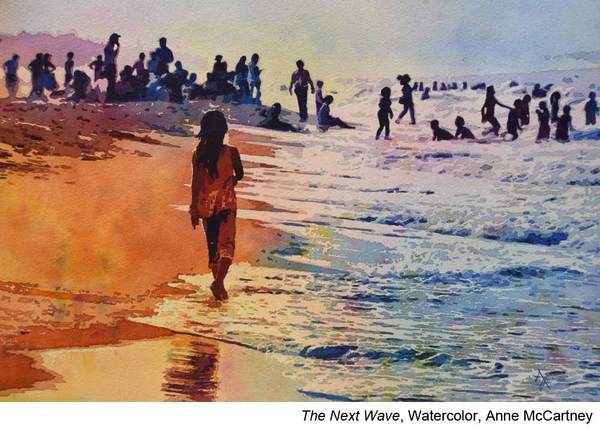
“I usually look for some kind of narrative in an image,” says Anne McCartney. “If the image can take me somewhere or make me wonder, I hope that, if painted, it would do the same for the viewer. That might mean that the image needs an element in it that makes a strong focal point, or an area that holds particular interest as a focal area. Or maybe the light is just right and highlights something interesting.
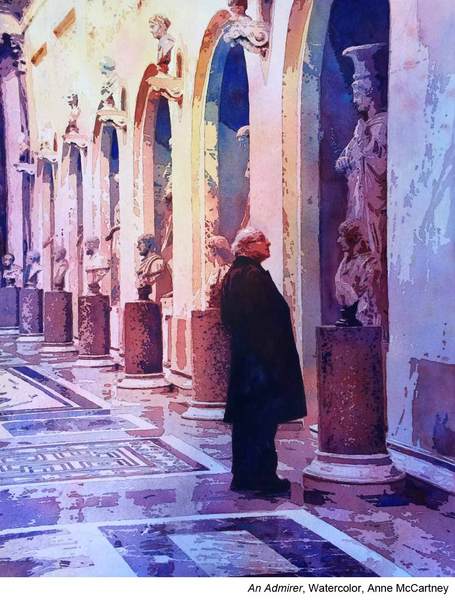
“I will sometimes start off looking at my huge reference library of photos and think I know the exact image I am looking for, only to get distracted by another, which is the one I end up painting. Maybe if I can get distracted by it, others will as well.
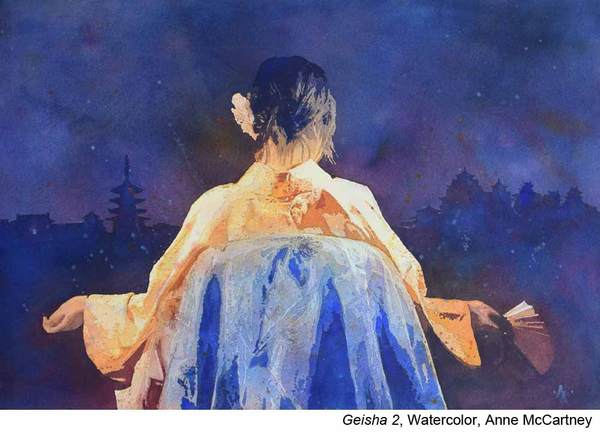
“Cropping a photo is an important tool to making sure the image you are about to paint is all that it can be and not more than it needs to be. I consider what is needed to tell the narrative and also what the format needs to be, then I crop accordingly.
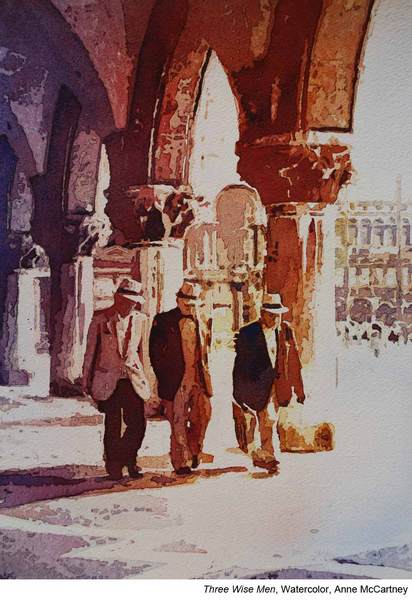
“My primary question when I am starting to crop is ‘What do I find interesting about this photo?” If it is a landscape, do I want to include the sweeping expanse or to zoom in on an aspect of it? Would a panoramic format suit better than a standard 1:2 ratio? If it’s a figurative piece, how much of the surrounding area is necessary to convey the story? I really don’t want/need to paint elements that are not necessary, so getting rid of them by cropping seems logical.”
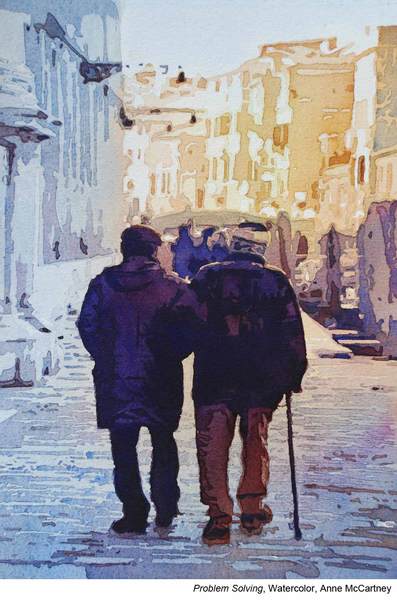
About the Artist
Essentially self-taught, watercolor artist Anne McCartney began seriously painting in 2005. Encouraged by the Alberta art community, where she calls home, she has since created a substantial body of work and exhibited in many shows. Her love of the landscape and her constant travels have been a source of neverending inspiration for her work.


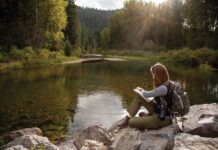





I love how you juxtapose the warm and cool colors in your work.